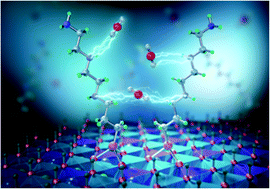Recent advances in direct air capture by adsorption
Abstract
Significant progress has been made in direct air capture (DAC) in recent years. Evidence suggests that the large-scale deployment of DAC by adsorption would be technically feasible for gigatons of CO2 capture annually. However, great efforts in adsorption-based DAC technologies are still required. This review provides an exhaustive description of materials development, adsorbent shaping, in situ characterization, adsorption mechanism simulation, process design, system integration, and techno-economic analysis of adsorption-based DAC over the past five years; and in terms of adsorbent development, affordable DAC adsorbents such as amine-containing porous materials with large CO2 adsorption capacities, fast kinetics, high selectivity, and long-term stability under ultra-low CO2 concentration and humid conditions. It is also critically important to develop efficient DAC adsorptive processes. Research and development in structured adsorbents that operate at low-temperature with excellent CO2 adsorption capacities and kinetics, novel gas–solid contactors with low heat and mass transfer resistances, and energy-efficient regeneration methods using heat, vacuum, and steam purge is needed to commercialize adsorption-based DAC. The synergy between DAC and carbon capture technologies for point sources can help in mitigating climate change effects in the long-term. Further investigations into DAC applications in the aviation, agriculture, energy, and chemical industries are required as well. This work benefits researchers concerned about global energy and environmental issues, and delivers perspective views for further deployment of negative-emission technologies.



 Please wait while we load your content...
Please wait while we load your content...